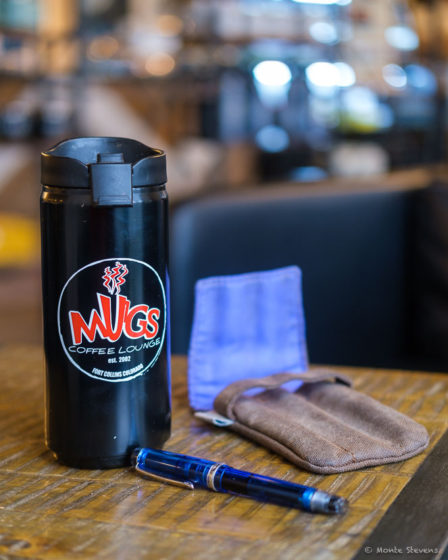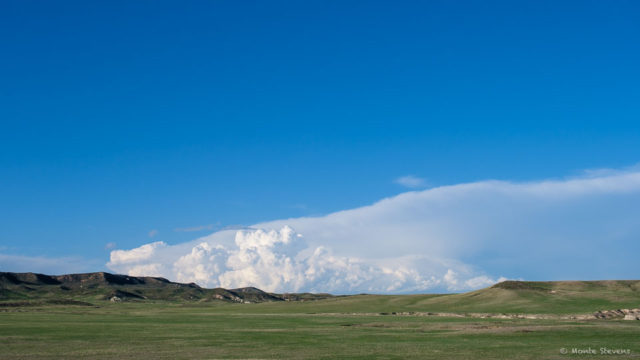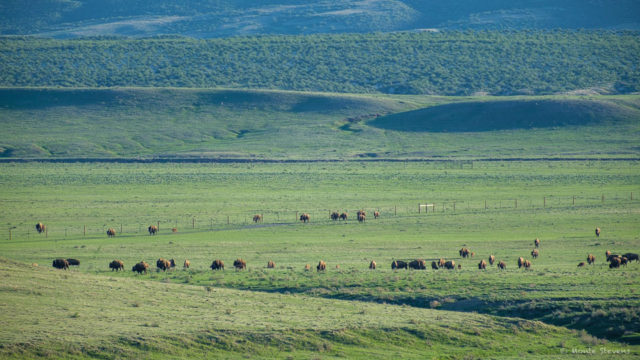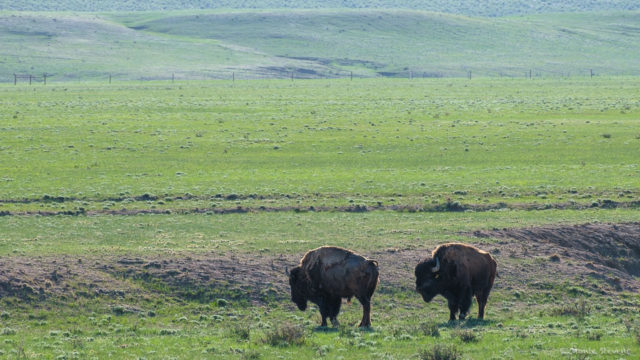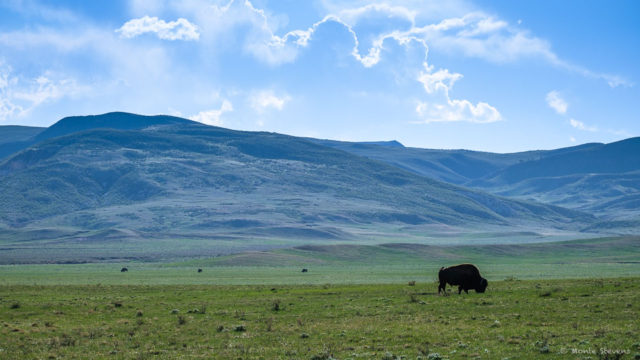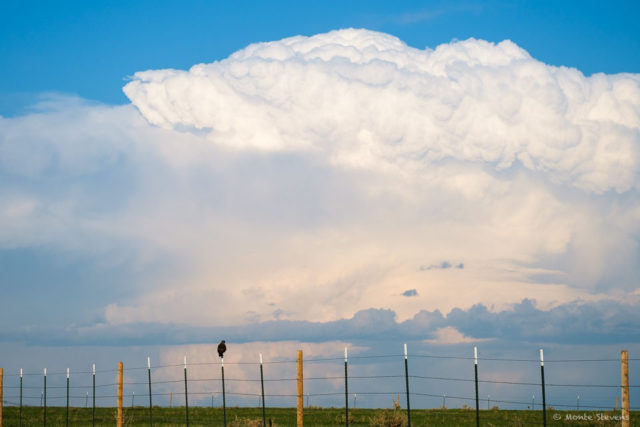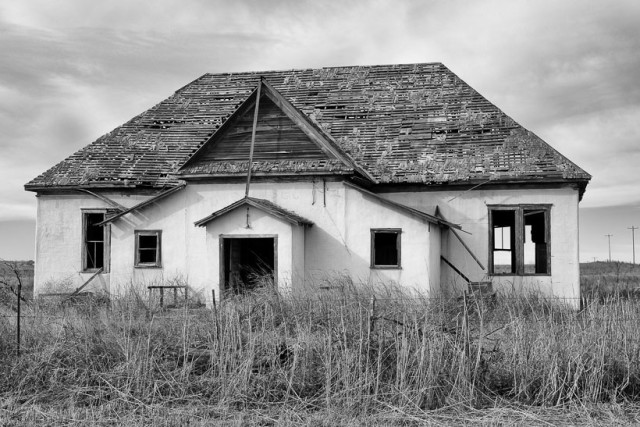This morning during my journaling time I began to list the jobs I have had in my life. I found it an interesting exercise into the past and recommend it just for the fun. One of the jobs I had for a short time was selling the Grit newspaper while I was in grade school. This paper required me to buy the paper and then have to sell them to make a profit. Hated it! I was not the salesman. Too much of the introvert to knock on doors. The recollection of those days invited me to look up Grit and see if it was even in print and read its history. Here is a link to the history from the company website. I found the information below from Wikipedia on Dietrick Lamade and his philosophy for the paper. We could sure use that philosophy today! Anyway it was a nice trip down memory lane for me.
Grit displayed news and features aimed at rural America, and climbed to a weekly circulation of 100,000 by 1900, following an editorial policy outlined by Dietrick Lamade during a banquet for Grit’s employees:
Always keep Grit from being pessimistic. Avoid printing those things which distort the minds of readers or make them feel at odds with the world. Avoid showing the wrong side of things, or making people feel discontented. Do nothing that will encourage fear, worry, or temptation… Wherever possible, suggest peace and good will toward men. Give our readers courage and strength for their daily tasks. Put happy thoughts, cheer, and contentment into their hearts.
We have overcast skies and a temperature of 36 degrees at 6:00 am. We may see rain later this evening. Let’s hope so!
